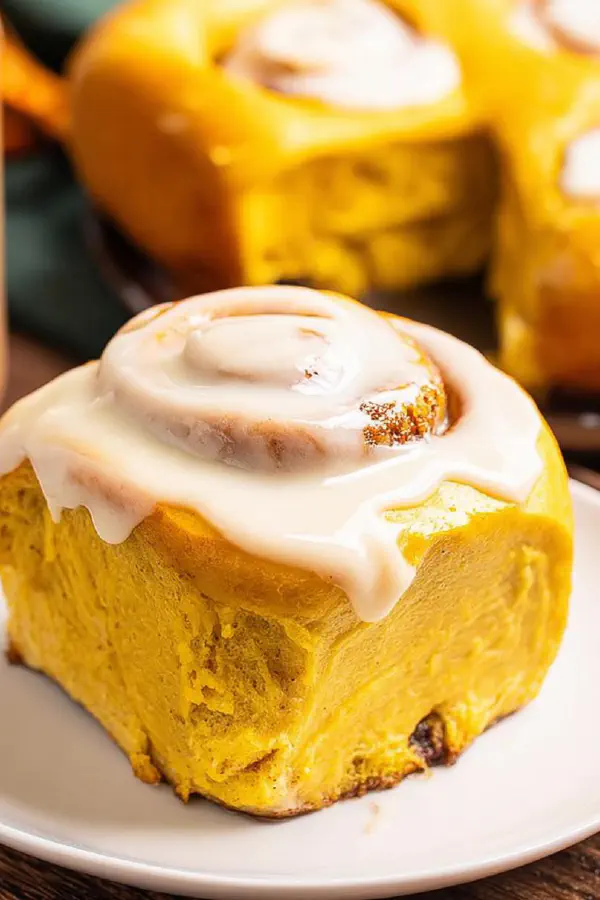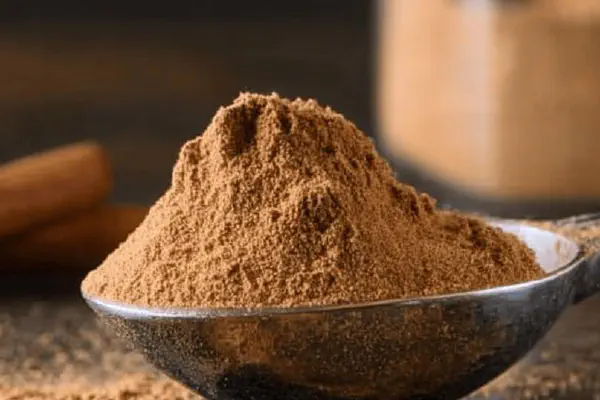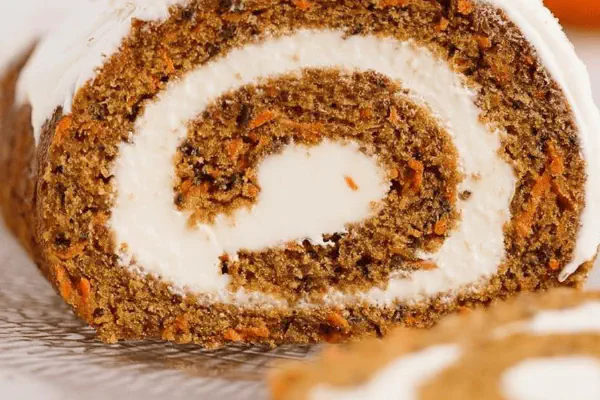Featured Recipe
Pumpkin Spice Rolls Remix

By Kate
"
Yeast dough with pumpkin puree replaced partly by sweet potato for moisture and a twist. Dark brown sugar swapped for coconut sugar, adds caramel notes. Cinnamon and nutmeg boosted, pinch of cardamom for warm depth. Butter swapped with olive oil for stability. Knead dough till slightly tacky but not sticky. Let rise until doubled, well covered. Roll out to rectangle, butter spread by hand, not too hard. Filling pressed in with fingers for even distribution. Roll tight along longest edge, trim ends for uniform slices. Bake till golden, listen for a hollow sound on bottom. Cream cheese frosting blended with maple syrup and a dash of lemon zest for balance. Visual cues and feel guide technique throughout.
"
Prep:
20 min
Cook:
30 min
Total:
50 min
Serves:
12 servings
baking
pumpkin
dessert
fall flavors
Introduction
Cold basement kitchens kill yeast; warm windows ill trick them into rising faster. Dairy warm, yeast waking sharp aroma – vinegar tang means dead yeast. Dough sticky, slightly tacky – comfort feel between fingers. No grainy flour clumps, no tear-worn elasticity. Butter spread soft, just shy of melted, so it melts into dough not slides off. Sugar and spice mix sharpens sweet scent, nostrils flare. Rolling tight coils build layers, roll like a scroll unrolling stories. Ends trimmed because sloppy rolls bake uneven. Oven sound—popping patent leather crust in the works, sweet aromas blossom into final golden dome. Frosting’s tang cuts richness, a lemon twist pulls sweetness into balance. Hands sticky, kitchen warm, sigh of success.
Ingredients
About the ingredients
Swapped butter with olive oil for better shelf life and subtler flavors. Sweet potato alongside pumpkin ups moisture and naturally sweetens without extra sugar. Coconut sugar replaces dark brown for a cleaner caramel without molasses bitterness. Cardamom adds an aromatic edge, optional but recommended. Flour type impacts chew and rise—bread flour’s gluten structure traps gases better than AP flour. If unavailable, add 1 tsp vital wheat gluten per cup of AP flour to mimic. Salt regulates yeast activity and flavor. Powdered sugar ensures frosting smoothness, no grit. Add zest to cut creaminess and add fresh contrast. Use room temp ingredients; cold slows rise and dough development. Don’t over flour your work surface – it’s the greatest enemy of tender rolls.
Method
Prepare yeast mixture
- Heat milk gently in microwave about 40-50 seconds – aim for 105-110F. Too hot kills yeast; too cold stalls rise. Stir coconut sugar into warm milk to dissolve. Sprinkle yeast over top, stir lightly. Set aside 5-7 minutes until foamy dome and yeasty aroma confirms activation.
- Add pumpkin and sweet potato purees together with egg to yeast milk. Stir until creamy and evenly mixed. Olive oil in place of butter adds subtle fruitiness and keeps dough pliable for next steps.
- Use spoon or spatula to mix in flour and salt gradually. Stops flour cloud storms. Dough comes together rough and shaggy before work starts. Attach dough hook to mixer. Mix low speed 8-12 minutes. Dough will pull into ball, tacky but no goo sticking to fingers. If sticky—a bit more flour; if stiff—brush with water in small dabs. Overworked dough toughens, under kneaded won’t hold gas for rise.
- Oil a large bowl. Transfer dough, cover with plastic wrap and kitchen towel loosely. Find warm spot—oven light heat, sunny windowsill, or warmed cabinet. Billowing dome within an hour means proper fermentation. Dough doubled, soft springs back slowly when pressed.
- Mix coconut sugar with spices in small bowl. Cardamom cuts sweetness, adds fragrant hint. No clumps allowed for even spice hits. Optional tweak: toss in finely chopped toasted pecans for crunch.
- Grease a 9x13 baking pan with olive oil or butter. Flour counter liberally. Dump dough, punch down gently to release large bubbles. Roll into 15x14 rectangle (long side parallel to you). Spread softened butter using hands, not knife – gently tatted, avoid pressing out gas created during rise. Leave quarter inch bare edges.
- Sprinkle filling evenly. Use fingers to work sugar and spice into butter layer for uniform meld. Roll dough tightly from closest long edge. Roll firm but not crushing – think snuggling coils. Seal seam by pinching, then place seam down on board for stability.
- Trim off uneven ends about ½ inch; throw these in snack zone. Using a sharp serrated knife, cut 12 equal slices, knife slicing in one pull stroke to protect flaky layers. Pre-mark roll with dimples spaced apart to avoid guesswork.
- Arrange rolls snuggly in pan. Cover again with plastic wrap and towel. Warm rise 20-25 minutes till rolls puff up noticeably, but not doubled. Dough should look puffy and glossy.
- Preheat oven to 350F. Remove cover, slide pan in lower middle rack. Bake for 20-30 minutes. Look for tops golden, edges caramelized, aroma rich and spiced. Knock bottom of pan – hollow sound signals done. Overbaking dries center; underbaked is gummy. If top browns too fast, tent with foil.
- Remove rolls. Cool 10-15 minutes. Handle pan carefully as they release steam. Too hot and frosting melts thin, too cold frosting won’t spread smoothly.
- Beat cream cheese and butter until mildly fluffy. Slowly add powdered sugar with salt, then maple syrup and lemon zest last to brighten heavy sweetness. Zest cuts richness, balances cold cream cheese tang. Spread evenly on warm, not hot, rolls. Let set before serving.
- If yeast fails to foam—discard and start fresh. Warm milk precisely matters. For allergen swaps, coconut sugar and oil make these vegan-friendly with adjustments. If dough sticks when rolling, dust lightly but avoid chucking tons of flour which toughens rolls. Use serrated knife, not chef’s knife, to avoid crushing layers. Dough rise times vary by kitchen climate – watch dough, not clock.
Combine wet mix
Form dough
First rise
Filling prep
Assemble
Bake
Frosting
Tips and fixes
Technique Tips
Heating milk precisely to 105-110F wakes but doesn’t kill yeast. Proof until bubbly and foamy; no foam means start over. Mixing flour gradually prevents dust clouds and uneven hydration. Kneading builds gluten; too short and dough tears, too long and dough toughens. The tactile cue is dough slightly tacky but not sticky on fingers. First rise until doubled – poke test: dough springs back slowly, not fully. Roll gently – pressing hard smashes air pockets, loosening structure. For cutting, serrated knife in one smooth stroke prevents squashed rolls. Second rise shorter; watch for noticeable puff before baking. Oven temp steady at 350F gets even bake; too hot burns edges before inside cooks. Cooling rolls 10-15 minutes controls frosting melt and texture. Frosting mixed last with zest, maple syrup to balance sweetness and brightness. Skip frosting at risk of dull rolls. Aim for hands-on sensory cues, not rigid clocks.
Chef's Notes
- 💡 Heat milk carefully. Too hot and yeast dies. Too cold; it stalls rise. Aim for 105-110F. Stir in sugar. Wait for foamy light. No foam? Start over.
- 💡 Kneading dough needs caution, not force. Dough tacky but not gooey on fingers. If too sticky, add flour; if stiff, water dab. Watch your texture.
- 💡 Grease your pan but don’t drown—light coat of oil works. Dust flour enough for rolling, but avoid excess on dough; it’ll make rolls tough.
- 💡 Baking time varies; check doneness with sound. Hollow thud on bottom means done. Aroma tells you rich flavor’s ready. Golden tops are a must.
- 💡 Frosting hits differently when warm. Cream cheese and butter whipped light. Add powdered sugar gradually. Finish with maple and zest for zing.
Kitchen Wisdom
What if my yeast doesn't foam?
Discard and start fresh. Warm your milk, stir sugar in well. No foam means yeast's dead. Keep things active.
Can I adjust ingredients?
Yes, substitute coconut sugar with brown sugar. Use applesauce for egg; it alters texture but adds sweetness. Check ratios.
How to store leftover rolls?
Room temp in a container. Refrigerate for longer shelf-life. Warm before eating; they lose moisture cold. Aim for the right warmth.
Why are my rolls dense?
Likely overkneading or underproofing. Watch your dough; it should rise enough. Ensure moisture balance while kneading. Keep sensory check.



